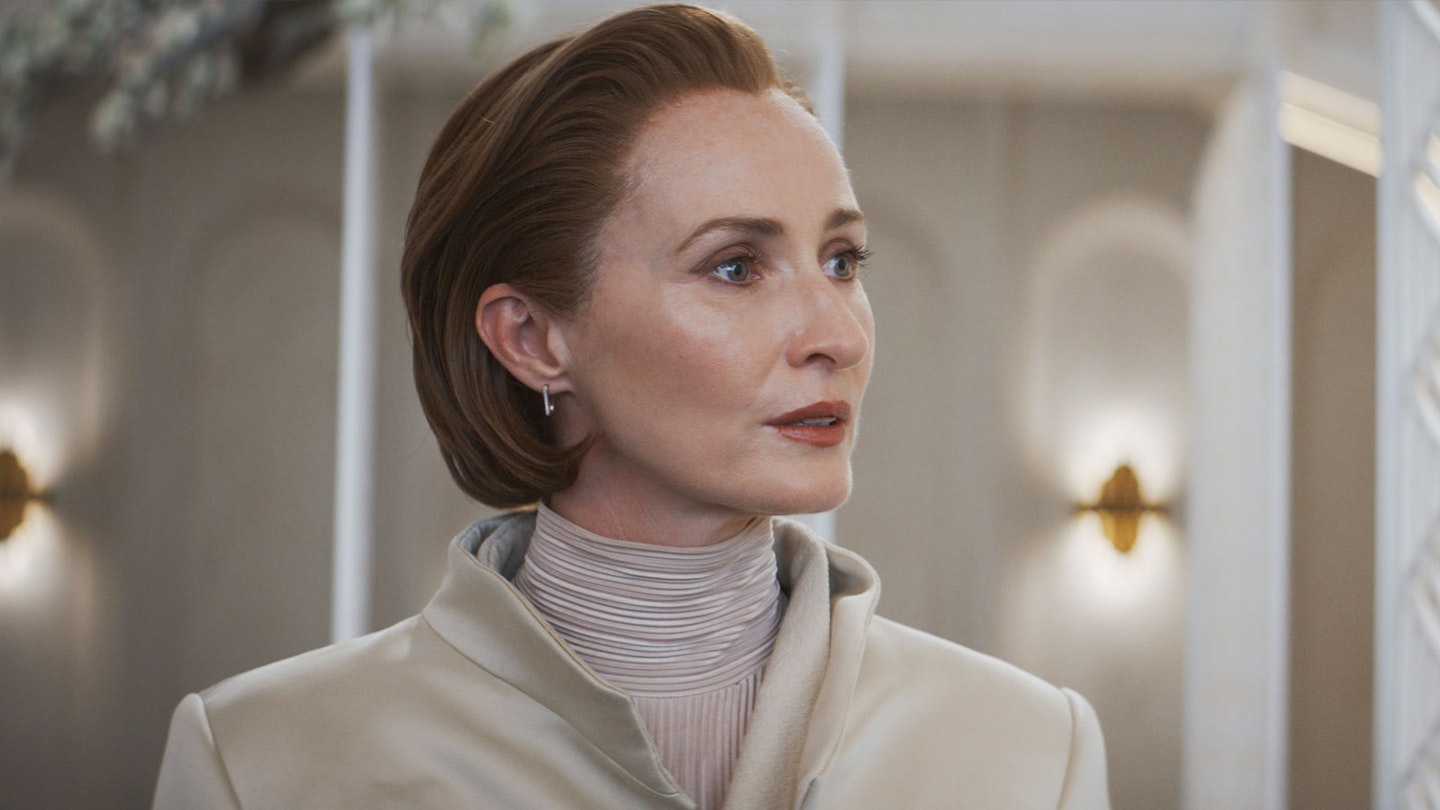Even the most faithful Star Wars disciple might have entertained a little scepticism when Andor was first announced back in 2018. A prequel — to a prequel? Starring the second-billed lead of Rogue One? The bloke who — spoiler alert — didn’t even make it to the end of the film?
In an increasingly crowded marketplace (it is one of five Star Wars small-screen offerings to debut this year), it had some convincing to do. But just as with his introductory scene in Rogue One — ruthlessly gunning down a Rebel informant in cold blood — Cassian Andor can surprise you.

It’s said about a lot of Star Wars projects, but it’s actually true here: this show feels markedly different from what’s come before. It looks different (compared to recent entries in the series, the production values and location filming are spectacular). It sounds different (Nicholas Britell’s sublime score is not simply trying to do a John Williams impression). And most notably of all, it feels different, with a tone decidedly more gritty than, say, the cuddliness of the Ewoks.
Andor seems to be most interested in the grey area that exists between the dark side and the light. Set five years before Rogue One (and, therefore, A New Hope), we find Cassian Andor (a rugged Diego Luna) not yet a soldier of the Rebellion, but a directionless, twitchy street thief trying to hide his past.
Expansive and ambitious, it gives you a real feeling of a wider universe, and Andor’s place in it as an outsider.
It starts slowly and cautiously. With 12 episodes in its first season, this is a sprawling story with a large ensemble, and it’s not immediately obvious what the show’s driving mission is. But there are clear questions being asked: what does it take to be in a rebellion? What compromises do you have to make in a messy conflict? Can anyone get through it clean? As well as Andor’s burgeoning sense of purpose, there’s a sense of political intrigue and skilful manoeuvring in Genevieve O'Reilly’s Mon Mothma, at this point a Senator living a double life; and a sense of the ambition and dangerous inadequacy from the spiteful rent-a-cops of the Pre-Mor authority, “corporate tactical forces” led by Kyle Soller’s sneering Syril Karn (great baddie name).
Expansive and ambitious (unlike the largely disappointing The Book Of Boba Fett, it doesn’t confine itself to one planet), it gives you a real feeling of a wider universe, and Andor’s place in it as an outsider. Plus admirably, for a character originally created in service to the Skywalker saga, there’s no deferring to the broader narratives.
That’s not to say it’s avoiding its heritage — the script is littered with gloriously obscure references that will soon be flooding Wookieepedia: there’s much talk of Bendine mesch tech filters, Kuati signets, Aldhani phrase books. There are TIE fighters, blaster shoot-outs, kyber crystals. Episode 4 sees a welcome return to Coruscant. This is still recognisably a galaxy far, far away. But it’s a different flavour — and in a crowded marketplace, that’s extremely welcome. A prequel to a prequel: who’d have thought it, eh?








